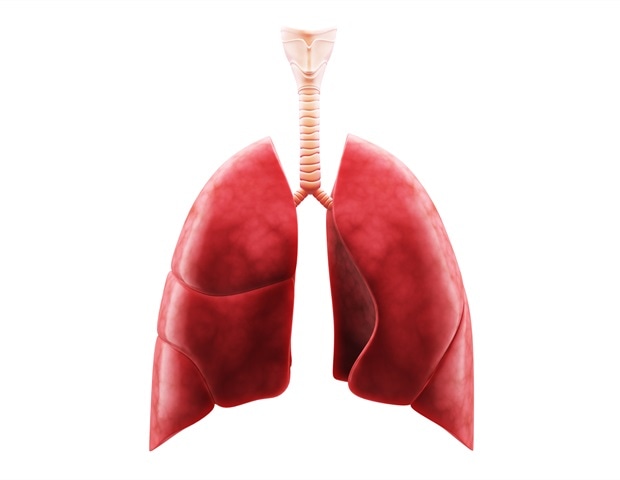
[ad_1]
A 2013 study by Pérez et al. have reported a very high accumulation of industrial perfluorobutanoic acid (PFBA) in human lungs and kidneys. The German Federal Institute for Risk Assessment (BfR) verified these results using a more precise quantification method. The result: A single sample contained a quantifiable PFBA value of 0.17 nanogram (ng) per gram (g) of lung tissue. The BfR concludes that PFBA is highly unlikely to accumulate strongly in human lung and kidney tissue. This is supported by the short half-life of PFBA in the blood, which was determined in another study.
The BfR study was published in the International Journal of Hygiene and Environmental Health: https://doi.org/10.1016/j.ijheh.2021.113830
Perfluorobutanoic acid – PFBA for short – belongs to the complex group of per- and polyfluoroalkyl substances (PFAS). PFAS are industrial chemicals widely used in industrial processes and found in many consumer products such as paper, textiles, cookware, and cosmetics. While some long-chain PFAS accumulate in the human body due to their long half-life, short-chain PFAS compounds such as PFBA have a relatively short half-life in the blood. As a result, blood concentrations of less than 0.1 nanogram (ng) per milliliter (ml) have been found in several studies.
Surprisingly, however, a 2013 study by Pérez et al. reported very high median PFBA concentrations of 807 ng / g and 263 ng / g (≈ng / ml) in human lung and kidney tissue (https://doi.org/10.1016/j.envint.2013.06.004 ).
To verify these results, the BfR examined the PFBA content of seven lung samples and nine kidney samples from tumor operations between 2011 and 2014. The concentrations were mostly below the limit of quantification; it was only possible to quantify a PFBA level of 0.17 ng / g of lung tissue in a single sample. The big challenge in the mass spectrometric analysis of PFBA is the presence of a single fragmentation which can lead to incorrect measurements.
Therefore, the current BfR study (https://doi.org/10.1016/j.ijheh.2021.113830) used a high resolution mass spectrometer which allows more precise quantification using exact mass. Based on the results of the measurements, the BfR concluded that PFBA is unlikely to accumulate excessively in human lung and kidney tissue. The BfR recommends further studies to confirm these results.
A 2020 study by Grandjean et al. reported a link between higher plasma PFBA concentrations and more severe cases of COVID-19 (https://doi.org/10.1371/jour-nal.pone.0244815). However, the measured concentrations of PFBA were very low. The hypothesis that high concentrations of PFBA in the lungs could be the cause of the high severity of COVID-19 cases was put forward based on the results of Pérez et al.
In view of the results of the currently available BfR study, such a link is considered less plausible. The European Food Safety Authority (EFSA) reassessed the health risks posed by PFAS in food in September 2020. Intake (TWI) of 4.4 nanograms (ng) per kilogram (kg) of body weight per week (https://www.efsa.europa.eu/de/ef-sajournal/pub/6223).
This TWI applies for the first time to the sum of four PFAS: perfluorooctanesulfonic acid (PFOS), perfluorooctanoic acid (PFOA), perfluorononanoic acid (PFNA) and perfluorohexanesulfonic acid (PFHxS). It is based on an epidemiological study in which children who had higher serum concentrations of certain PFAS had a lower level of antibody formation after the usual vaccinations.
Source:
BfR Federal Institute for Risk Assessment
Source link